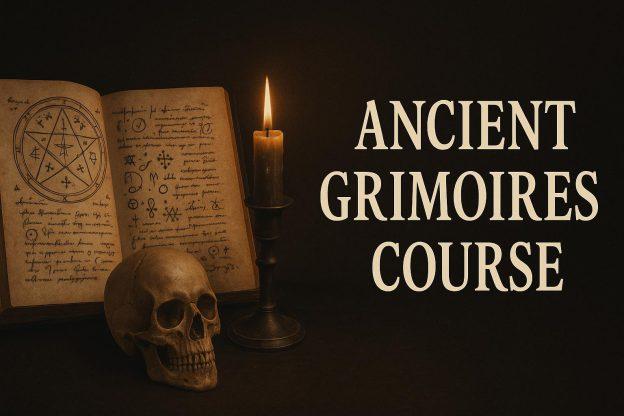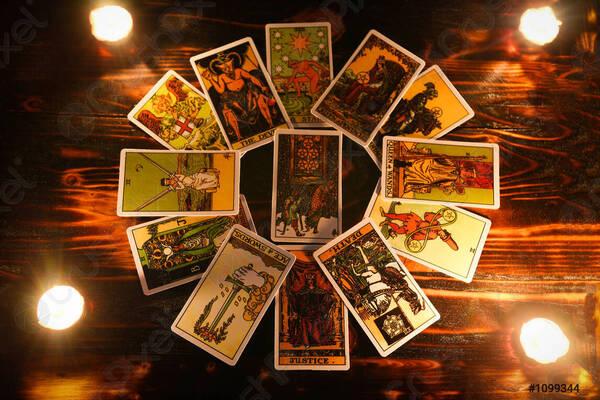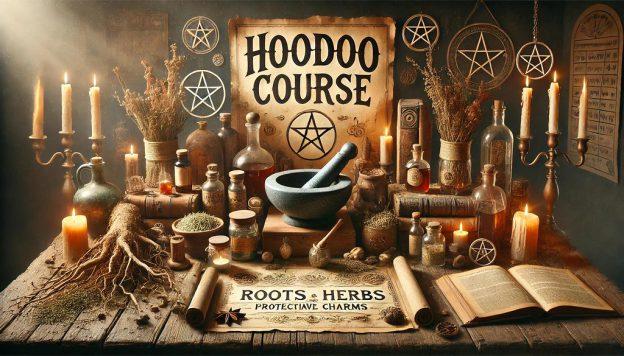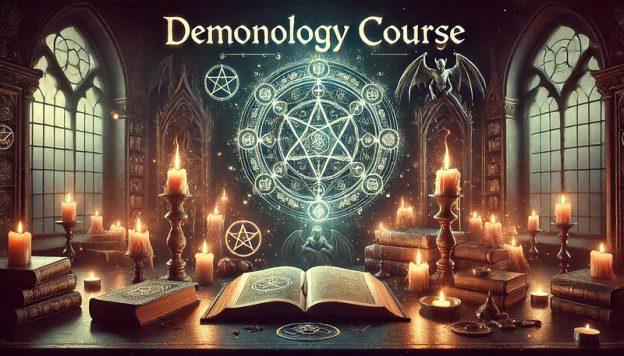TUNGSTEN
(Symbol: W — Atomic number: 74)
Tungsten, also known by its older alchemical name Wolfram, is a heavy metallic element associated with strength, endurance, and the transformative forces of fire and pressure.
In the occult sciences and alchemical symbolism, tungsten represents the perfection of resilience through transmutation — matter hardened by inner fire.
Etymology and Discovery
The word tungsten originates from the Swedish tung sten, meaning “heavy stone.” The element’s symbol W derives from the German Wolfram, used by medieval smelters who encountered a heavy, dark mineral that “ate away the tin” during ore refinement — earning it the name “wolf’s foam.”
The mineral wolframite (iron–manganese tungstate) was long known in mining regions of Saxony and Bohemia.
However, tungsten as a distinct element was only isolated in 1783 by Juan José and Fausto Elhuyar, two Spanish chemists who reduced tungsten oxide with charcoal, obtaining a new metal of remarkable density and resistance to heat.
Physical and Symbolic Properties
Tungsten is a grayish-white, extremely dense, and heat-resistant metal — it has the highest melting point of any pure element (3,422°C / 6,192°F).
Because of these qualities, it is used in lightbulb filaments, high-speed tools, and military alloys.
In symbolic and magical interpretation, tungsten embodies the following attributes:
| Aspect | Occult Correspondence |
|---|---|
| Elemental Nature | Earth & Fire combined — matter tempered through flame |
| Planetary Association | Saturn (for endurance and heaviness), with aspects of Mars (for strength and resilience) |
| Spiritual Principle | Persistence through trial; the indestructible will |
| Alchemical Analogy | The perfected “fixed salt” — matter purified of volatility |
Esoteric practitioners sometimes regard tungsten as the “metal of endurance,” representing the initiate who withstands transformation without breaking — the soul refined in the furnace of experience.
Alchemical and Historical Associations
While Tungsten was unknown to classical alchemists by name, ores containing it (such as wolframite and scheelite) were worked unknowingly by early metallurgists and alchemists of central Europe, especially in Saxony and Bohemia — regions rich in mining lore and occult traditions.
Because these ores behaved unpredictably in furnaces, alchemists called them “wolf metals,” believing that the substance devoured other metals like a ravenous beast.
This “devouring wolf” metaphor persisted into modern chemistry, giving the element its symbol W, an echo of its lupine heritage. In alchemical symbolism, the wolf was a creature of transformation — consuming impurity so that purity might be reborn. Tungsten thus carries the emblematic energy of sublimation through destruction, akin to the alchemist’s solve et coagula (“dissolve and reconstitute”).
Modern Mysteries
In 2025, archaeologists from the University of Southern Denmark announced the detection of traces of tungsten in materials recovered from Tycho Brahe’s Uraniborg laboratory on Ven Island — a find that puzzled scientists, as tungsten was not identified as an element until two centuries after Brahe’s death.
The discovery raised speculation that Brahe’s alchemical operations may have involved unknown mineral compounds or that he accidentally isolated metallic forms of tungsten without recognising them.
( See this Article )
To occult historians, this event symbolises the continuity between alchemy and science — a moment when esoteric experimentation brushed against the threshold of modern chemistry.
In Magical Thought
Though not traditionally used in ritual magic, tungsten is sometimes adopted by modern practitioners of industrial alchemy and technomancy for its associations with durability, grounding, and the fusion of fire and matter.
Its correspondence with Saturn links it to protection, endurance under trial, and mastery of density — both physical and spiritual.
In meditative or symbolic work, tungsten can represent:
- The will that endures beyond transformation.
- The body as crucible of the soul’s evolution.
- The fixation of light within matter — the philosopher’s fire made stable.
Summary
| Modern Name | Tungsten |
| Alchemical Name | Wolfram, “Wolf’s Metal” |
| Symbol | W |
| Planetary Ruler | Saturn–Mars |
| Magical Qualities | Endurance, resistance, transformation through fire |
| Historical Significance | Bridge between alchemy and modern metallurgy |
| Discovery (Scientific) | 1783, Spain — Juan José & Fausto Elhuyar |










